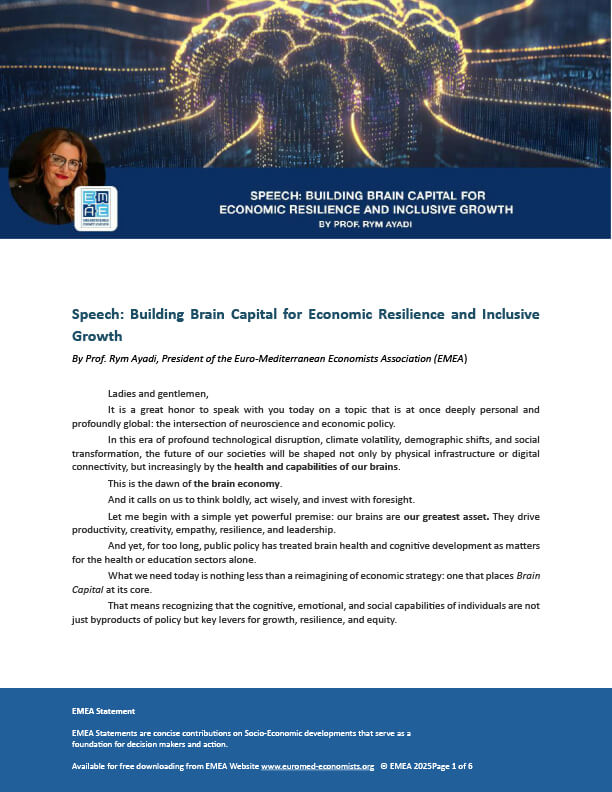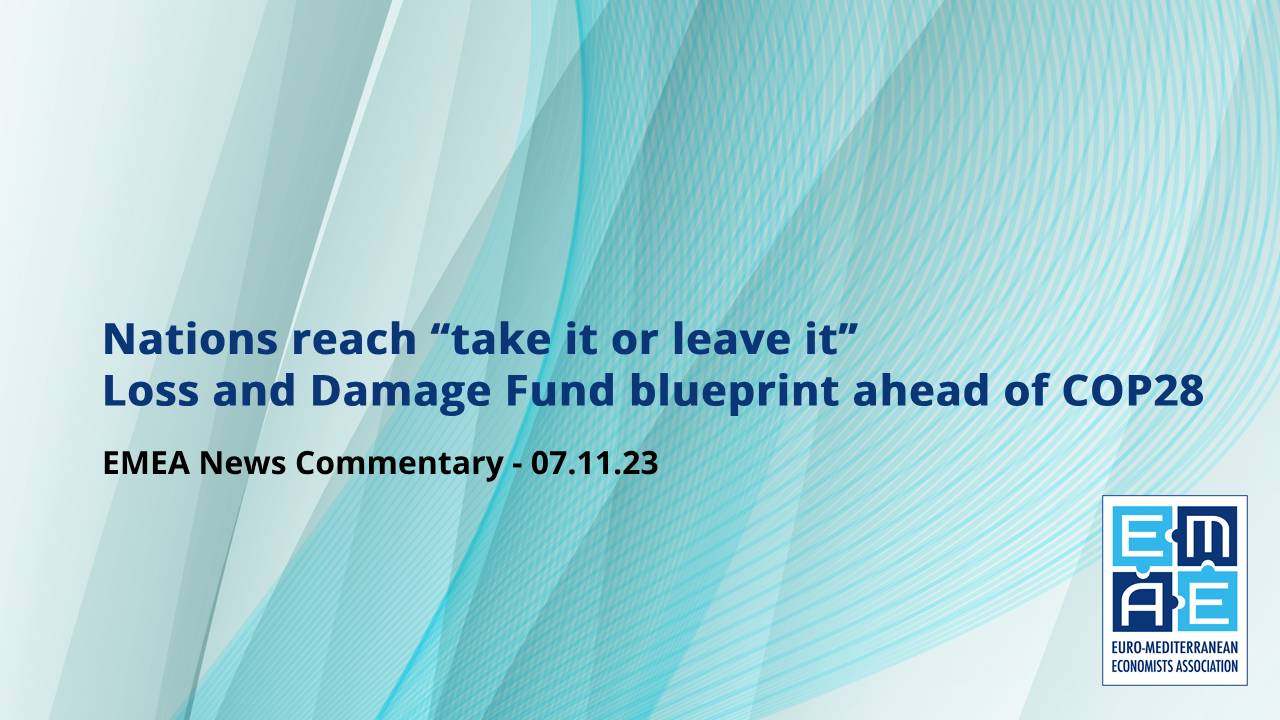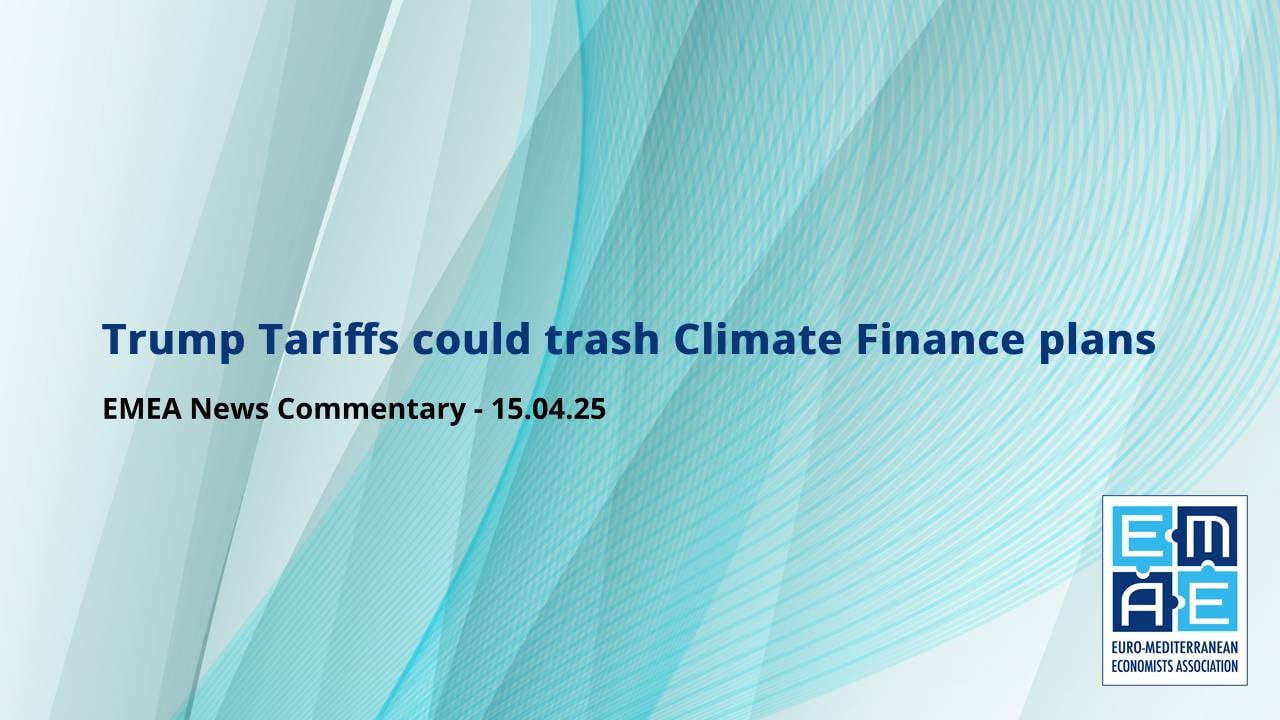After what were described as tense negotiations, countries from across the economic divide have finally agreed a pre-COP28 blueprint, to provide funding for nations hardest hit by climate change.
As reported in The Guardian newspaper, The Loss and Damage Fund’s transitional committee, comprising delegates from both richer and poorer nations, convened for final throw-of-the-dice discussions in Abu Dhabi last week.
Originally established under the UN framework connection on climate change, this was the fifth such meeting this year – with the previous four failing to find a consensus on who should provide the funding, where it should be best allocated and who should be assigned overall control.
The three-day event resulted in the approval of a last-minute “take it or leave it” text, which will now been taken forward to COP28 for final ratification from the 199 parties who will be present.
But despite agreement being reached in the UAE, opinions differed as to whether sufficient funding would effectively reach the most affected countries. Furthermore, whilst an initial capitalisation of US$500 million has been targeted, an actual figure has yet to be finalised.
It was agreed that operationalisation of the Fund will initially be administered by The World Bank.
With concessions being made on all sides but no firm commitment on exactly how much money will be available, the vision remains for hundreds of billions of dollars to flow towards impoverished, climate ravaged countries within a matter of years. According to the Guardian, The Fund will draw its resources from the US, EU, UK and large developing countries.
Barbados Climate Envoy, Avinash Persaud, who represented Latin America and the Caribbean on the transition committee, said the outcome to the talks had been challenging but critical. “We now have for the first time an instrument that will operationalise an international fund for grant-based financing of reconstruction, rehabilitation and relocation after extreme weather or slow onset events. This is an important step forward and will bring positive momentum to other climate actions,” he affirmed.
However, Harjeet Singh, the head of global political strategy at Climate Action Network International, said it had been a “sombre day for climate justice.” Rich countries had “turned their back on vulnerable communities.”
The agreement fell “short of providing vulnerable communities with adequate assurance that their financial needs for coping with climate impacts and rebuilding their lives will be met,” he said.
The Loss and Damage Fund was conceived at the COP27 Summit in Egypt but, since then, progress has stalled on its implementation, with previous transition committee meetings all ending in rancour.
Contributions encouraged from developed and developing countries
Last week’s fifth gathering also seemed destined to end in failure, until a last- minute intervention by the South African and Finnish Co-Chairs. They formulated a “take it or leave it” text urging “developed countries to contribute to the fund and “encouraged” developing countries to do the same,” reported The Guardian.
Harjeet Singh said there had been a reluctance on the part of wealthy nations to fulfil their financial responsibilities and to do more to reduce their greenhouse gas emissions. This had “starkly revealed their true intentions and their indifference to the plight of the developing world.”
But a US state department official said that no single government, or subset of governments, had sufficient resources to meet the funding needs of the most vulnerable nations. “That’s why we made clear throughout these negotiations how crucial it is for this fund to be able to receive financial input from the widest range of sources, including innovative ones like carbon markets, international pricing mechanisms, and others that can serve to complement grants and concessional loans from public and private sources.”
Despite no objections being raised to the final text, the US view was that the recommendations hadn’t enjoyed ‘consensus.’
The newspaper said the committee resolution had proved to be an important diplomatic success for COP28’s UAE presidency. It was Abu Dhabi that had encouraged a fifth transition committee meeting in an attempt to break the deadlock.
President of the forthcoming Summit, Sultan Al Jaber, who heads the country’s oil company, Adnoc, said the recommendation to operationalise the Loss and Damage Fund and funding arrangements had paved the way for agreement at COP28.
“Billions of people, lives and livelihoods who are vulnerable to the effects of climate change depend upon the adoption of this recommended approach at Cop28,” he declared, although it was not entirely clear whether any campaigners at COP28 would try to re-negotiate the latest compromise agreement.
In addition to the contentious issue of the Loss and Damage Fund, other urgent issues threaten to jeopardise COP28; the phasing out, or otherwise, of fossil fuels, as well as the so-called ‘global stocktake’ process. This places countries under the spotlight in terms of their efforts to stay on track with the Paris Agreement target of keeping global warming to a maximum of 1.5C above pre-industrial levels.
https://x.com/lossanddamage/status/1720440555367285236?s=48&t=PPYEVy0sJgKZxXOTTbsxhA





